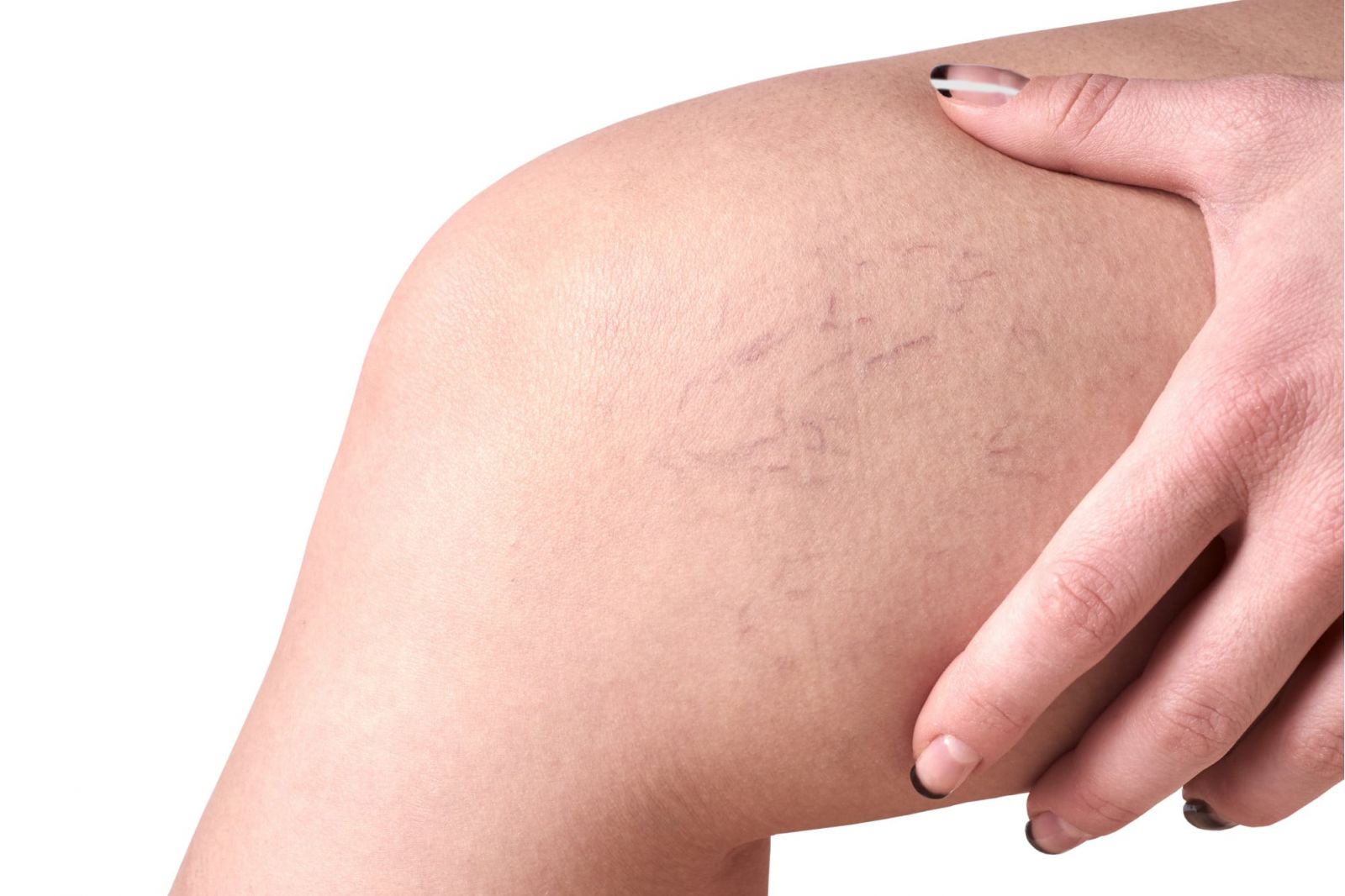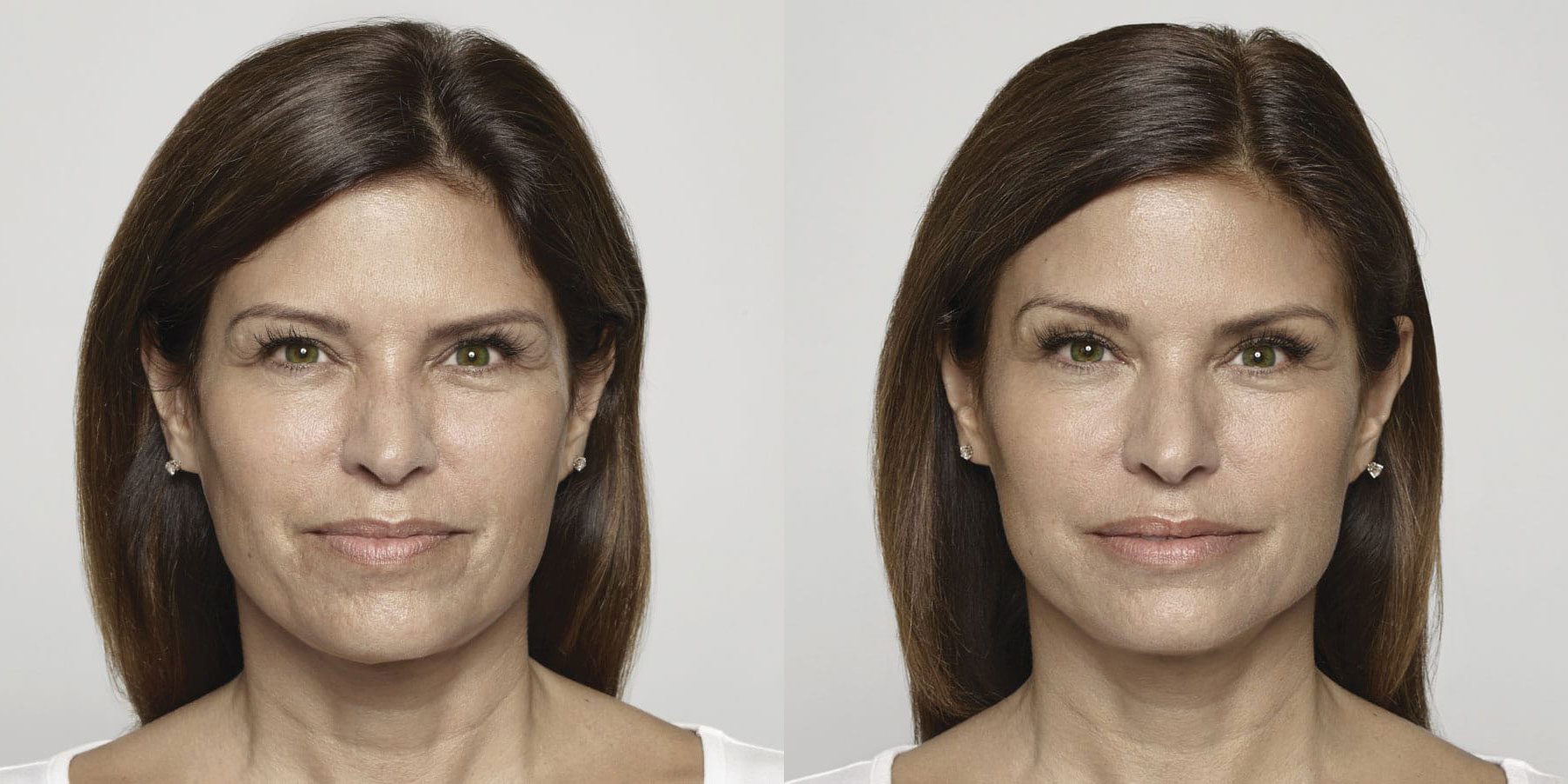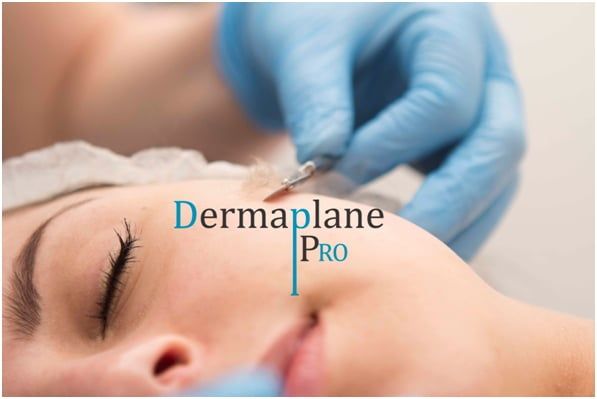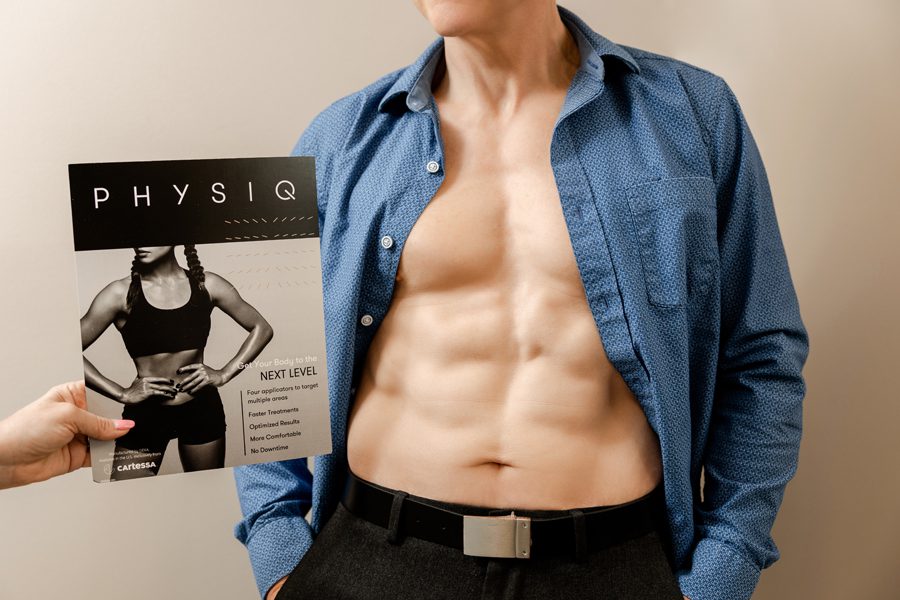Varicose and spider veins are from the same family, one is simply a worse-off version than the other. In short, varicose veins often start off as spider veins.
While nearly any superficial vein in your body is susceptible to swelling, the veins in your legs are at greatest risk. This is because of the amount of blood flow and pressure in the lower half of the body.
Yes, spider veins are considered a cosmetic concern for the most part- but when they start to cause discomfort or pain, it’s time to see a doctor!
Here’s what you should know about spider veins, varicose veins, the risk factors and when to seek treatment…
What Are Spider Veins?
Spider veins are characterized by a thin blue, red, or purple collection of veins which generally congregate just below the surface of the skin. They are commonly found around the ankles, calves, and thighs in most women.
Research has shown that women are far more susceptible to develop circulatory conditions, including spider and varicose veins. In fact,50% of women in the U.S. alone suffer from a vein disorder of some variation.
So, if your legs, ankles or any other part of your body is host to a network of spider veins- you really aren’t alone!
The good news is that spider veins do not require any medical treatment, but they can be removed if you wish.
What Causes Spider Veins?
Arteries carry blood from your heart to the rest of the organs and tissue in your body. While veins return blood to your heart so it can re-circulated. This means that the veins in the lower half of your body must work against gravity.
The muscles in your legs and lower trunk contract and act as a pump to keep the blood flow going. While healthy veins aid in the prompt return of blood to your heart.
Tiny valves in your veins open and close as blood flows through them- they serve to stop your blood from flowing backward. But if these valves become damaged, this allows blood to flow backward and pool in your veins. Eventually, this causes veins to twist, stretch and become enlarged- causing spider veins, then varicose veins.
Risk Factors for Developing Spider Veins
As previously mentioned, spider veins are no real cause for concern, other than what they look like, cosmetically. But without enough prevention, they can develop into painful varicose veins.
You are at greater risk due to these factors:
1. Being a Woman
Hormonal changes and fluctuations during pregnancy, menstruation, and menopause can all take their toll on the body. These hormonal changes tend to relax vein walls, making women more susceptible to vein conditions.
2. Increased Age
The risk of developing varicose veins does increase with age. This is because of the wear and tear of the valves in your veins over time, which help to regulate blood flow.
3. Pregnancy
Throughout pregnancy, your blood volume increases the further along you develop. This blood volume supports the growth of your baby, but can also cause enlarged veins. This can also be exacerbated by hormonal fluctuations.
4. Obesity
This is fairly simple- themore weight you are carrying, the more pressure there is on your lower half and your veins. Ultimately, this makes you more susceptible to varicose veins.
5. Genetics
It goes without saying that if all the women in your family have suffered from spider veins or varicose veins, you are at greater risk of suffering from it too.
6. Prolonged Periods of Sitting or Standing
This is particularly relevant to office workers who sit for hours at a time, restricting blood flow to the rest of the body. While standing for long periods can also add pressure and cause swelling.
What Do Varicose Veins Look Like?
While some varicose vein conditions may not cause pain, they are known to cause discomfort, aching, or itching.
Varicose veins are typically dark purple or blue in color and appear as enlarged bulging cords on your legs- just below the surface of the skin.
Some of the most common symptoms of varicose veins include:
- Muscle cramps, swelling or throbbing in your legs
- A persistent ache or heavy feeling in your legs
- Skin discoloration on your legs around the site of the vein
- Itching around the site of the vein
- Increased pain or swelling after sitting or standing for too long
If varicose veins are not properly cared for with preventative measures, several complications may develop over time.
Complications Associated With Varicose Veins
Despite the fact that these complications are rare, some of the most common issues caused by varicose veins include:
- Leg ulcers which develop on the skin, typically near the ankles
- Blood clotting, also known assuperficial venous thrombosis
- Burst or bleeding veins which are very close to the surface of the skin
All of the above conditions require medical attention as soon as symptoms arise!
How to Prevent Spider Veins
Unfortunately, there is no tried and tested way of completely preventing spider veins. As mentioned, there are a number of risk factors which increase your odds.
But as the saying goes, prevention is always better than cure, so here are some preventative measures to keep them at bay:
- Improved muscle tone may reduce your risk of developing both spider veins and varicose veins
- Regular exercise and increased blood flow
- Keeping an eye on your diet and your weight
- Avoiding uncomfortable, restrictive hosiery and high heels which limit blood flow
- Keeping your legs elevated at night for better circulation
- Changing up your standing or seated position regularly throughout the day to encourage healthy blood flow
So, when should you seek treatment for spider veins or varicose veins? When it comes to spider veins, the choice is up to you.
If you are unhappy with the sight of them, they can be removed with the two following procedures:
1. Sclerotherapy
This is the most common form of treatment for spider veins and is widely available. Basically, a solution is injected into your damaged vein which forces it to collapse, stopping blood flow altogether. From here, the site will turn into a scar which fades over time.
2. Laser treatment
Although the above treatment is more common, laser therapy is known to work best for removing spider veins. This is because the smaller veins are difficult to inject and respond better to laser heat.
Maintain Beautiful Skin with Harpe Laser and Wellness
At Harpe Laser and Wellness we specialize in an array of treatments for skin care, wellness treatments and more.
Whether you’re looking to remove spider veins or looking for laser hair removal, we offer an assortment of cosmetic and medical skin care treatments.
Take a look at ourspider vein therapy treatments, here!





